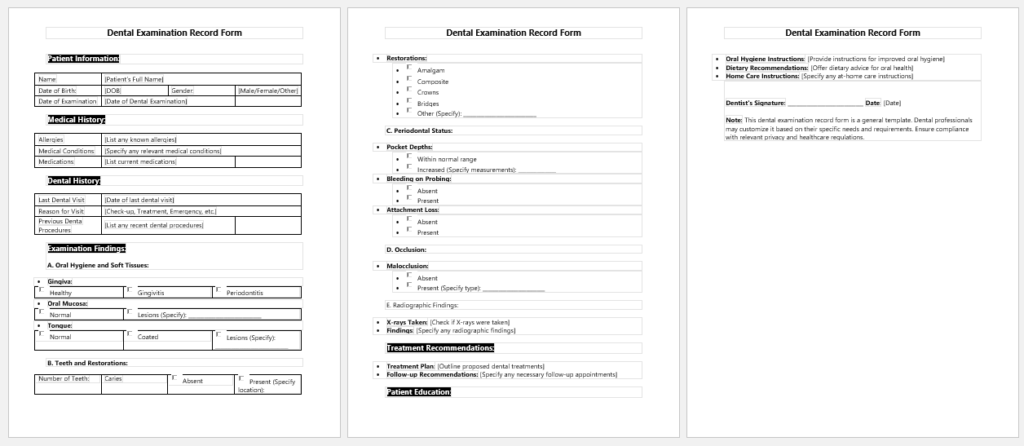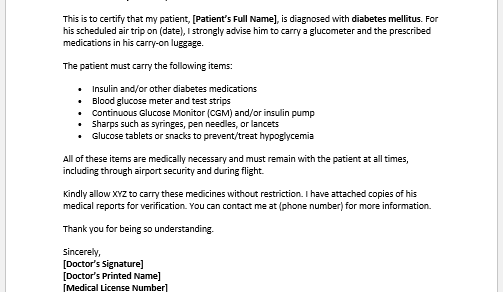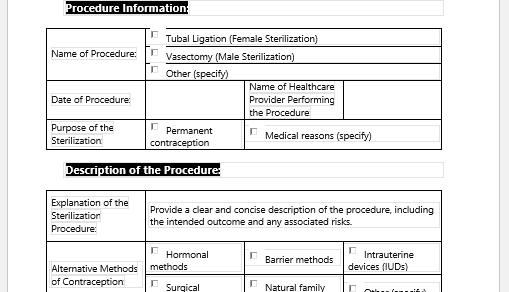Our teeth are the most important part of the oral cavity. They are not just a source of beautiful smiles on our faces; they play a much bigger and more vital role in our overall health and well-being. Teeth in human beings begin the process of churning and breaking down the food, which is digested right in the oral cavity with the help of enzymes. So, the digestive tract, which begins with the oral cavity, actually begins its functions with the help of teeth.
Cosmetic benefits and the importance of teeth are another vast topic and would take ages for a proper explanation. But almost everyone knows how important our teeth are, and obviously, they need proper care and attention so that they can stay with us for a longer time. This is the point where the field of dentistry comes to the rescue, and we rush to the dentist whenever our teeth start aching.
Regular dental check-ups
To keep our teeth healthy and intact, it is advised that we get regular dental checkups every six months at least. Regular checkups help keep us updated about our dental hygiene and the health status of our teeth and oral cavity in general. So, even a tiny dental issue can be resolved in time, and we can prolong the life of our teeth in our mouth. The American Dental Association recommends that even infants start visiting dentists as soon as their teething starts. After that, regular checkups every six months are highly recommended.
Dental examination record form
When a patient comes to a dental clinic, he undergoes a series of examinations, which are to be recorded in writing for future reference. This dental examination is usually recorded in an already-printed form, what we call a dental examination record form. Some of the important things to know about dental examination record forms will be explained here to help you understand what we should expect during our dentist appointments.
- The introduction is the first step in any medical form because it helps in establishing the identity of the patients, which is the first and foremost requirement to meet the JCIA standards. Some forms also include the insurance details of the patients in this section.
- The second section is for the dental history of the patient. The general condition is inquired about in the presence of any plaques, stains, or breakage in the teeth. A history of bad breath, snoring, toothache, or any other notable history is noted down in the form.
- The patient’s dietary habits and history of smoking and drinking are also part of the dental history.
- After the gist is complete, the dentist comes to the actual examination of the oral cavity and notes down significant findings.
- He has to mention the status of every pair of teeth because each group of teeth has different characteristics. Canines, incisors, molars, and premolars are identified in the dental examination form.
- In the end, the dentist adds his remarks and comments on the overall status and recommends if anything is necessary.
- Nursing Documentation Templates
- Mental Health Evaluation Forms
- Forms Used by Pediatricians
- Various Forms Related to Pregnancy Verification
- Common Forms Used by ENT Specialists
- Pain Diary Worksheet Template
- Forms Commonly Used by Old Age Homes
- Medical Treatment Consent Form
- Home Exercise Program Worksheet
- Forms Used for Mental Health Assessment
- Forms Used by Psychologists
- Medical Forms Commonly Used by/for Students
- Assessment Consent Form
- Forms Used by an Anesthesiologist
- Not Fit to Fly Certificate Template



